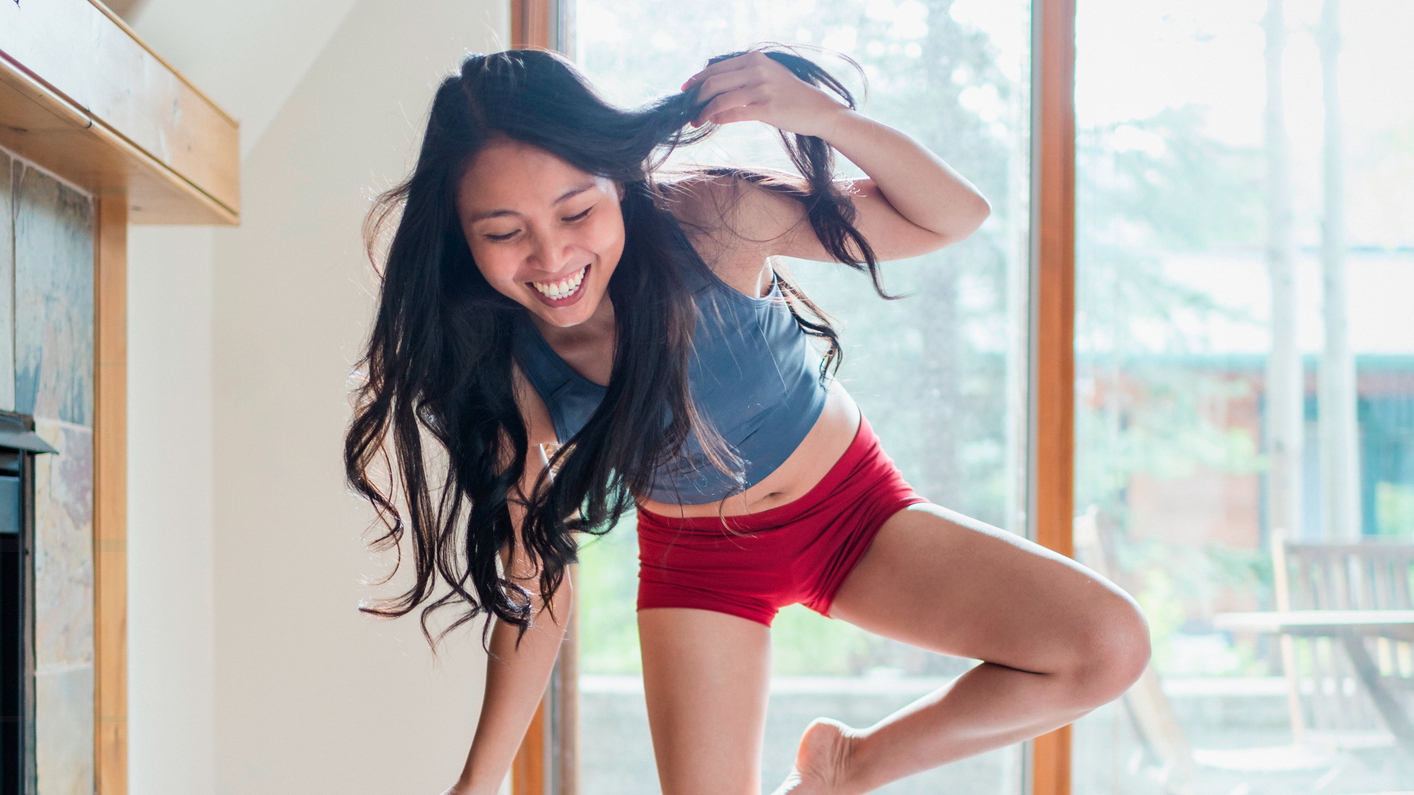
Ever feel like poor ankle stability is holding you back, discouraging you from lacing up your running trainers or impeding you from dropping into a below-parallel squat? You're certainly not alone. Limited range of motion and weakness around the ankle joint is as common as lower-back pain is prevalent among sedentary office workers.
The reason is chronic underuse. The ankles and calf muscles in particular—which run down the back of the lower leg and play a pivotal role in mobilizing and stabilizing the joint—are often overlooked in favor of exercising the thighs and glutes in lower-body routines. Walking or jogging on even ground, rather than hiking or trail running, also gives them an easy ride.
Poor lower body mobility and coordination has also been associated with an increased risk of mortality. Numerous longevity tests exist, like the sit-to-stand drill, which indicates how long you may live based on how well you score.
In recent years another challenge, called the old man test, has gone viral. It involves putting your socks and shoes on while standing on one leg, which you can watch Apple Fitness+ trainers Kim Ngo and Gregg Cook attempt, demonstrating exemplary form.
A post shared by Kim Ngo 🇻🇳🇬🇧 (@itskimngo)
A photo posted by on
How to do the old man test
- Stand barefoot with your socks and shoes on the floor in front of you.
- Stand on one leg, hinge forward at your hips to pick up one sock, straighten up, raise your foot and slip the sock on your foot.
- Repeat the action to pick up and slip on your shoe.
- Tie the laces (extra marks for a double knot).
- Now switch legs and repeat the process with the other foot.
- Complete all steps without losing your balance to pass the test.
Rather than a predictor of all-cause mortality or life expectancy, the old man test is a fun and functional way to assess ankle stability, strength and mobility. I tend to use it with my clients as a lighthearted icebreaker, but it can also reveal a lot about someone's overall balance, flexibility and coordination, which can all deteriorate quickly with age and inactivity.
5 moves to improve ankle stability and strength
Fortunately, these are all attributes that you can train and improve over time. Here are five drills you can use to upgrade your ankle stability, strength and mobility, which I'm confident will help you ace the old man test next time you try it.
1. Standing heel lift
Start by activating your calves and mobilizing your ankle joints.
Start your week with achievable workout ideas, health tips and wellbeing advice in your inbox.
- Stand tall with your feet hip-width apart.
- Shift your weight onto the balls of your feet and raise your heels off the floor.
- Squeeze your calf muscles hard at the top of the exercise, then lower under control.
- Aim for 2-3 sets of 10-15 reps with 30-60 seconds of rest between sets.
2. Deficit calf raise
Introduce a deficit to increase the difficulty of this exercise.
- Stand on a low step and repeat the above drill.
- With your weight balanced on the balls of your feet, lift your heels and squeeze your calves.
- Lower your heels below the height of the step, then repeat.
- Aim for 2-3 sets of 10-12 reps with 30-60 seconds of rest between sets.
3. Tiptoe walks
Introduce locomotion and an optional load.
- Stand on your tiptoes.
- Slowly walk in a figure of eight without letting your heels touch the floor.
- Hold a pair of dumbbells as you walk for a greater challenge.
- Complete 2-3 sets of 30 seconds, resting 30-60 seconds between sets.
4. Round the world toe taps
Challenge your ankle stability through 360°.
- From standing, lift one foot off the floor.
- Lower into a quarter squat on your standing leg as you reach to tap the heel of the other foot on the floor in front of you—12 o'clock on an imaginary clock face.
- Bring the raised foot back to the center, without touching the floor, then out to 3 o'clock on the clock face as you lower into another quarter squat.
- Repeat the process for 6 o'clock and 9 o'clock to complete one rep.
- Complete 3 reps on each side, then repeat for 2-3 sets, resting 30-60 seconds between sets.
5. Multidirectional bunny hops
Now you're warm and mobilized, make it bouncy to test your stability under fatigue.
- Stand tall with feet together.
- Now hop up and down with your weight on the balls of your feet for 10 reps.
- Next hop forward and back for 10 reps.
- Then left and right for 10 reps.
- Then diagonally left for 5 reps.
- Then diagonally right for 5 reps.
- Complete 2-3 sets, resting 30-60 seconds between sets.

Sam Rider is an experienced freelance journalist, specialising in health, fitness and wellness. He is also a REPS level 3 qualified personal trainer.
